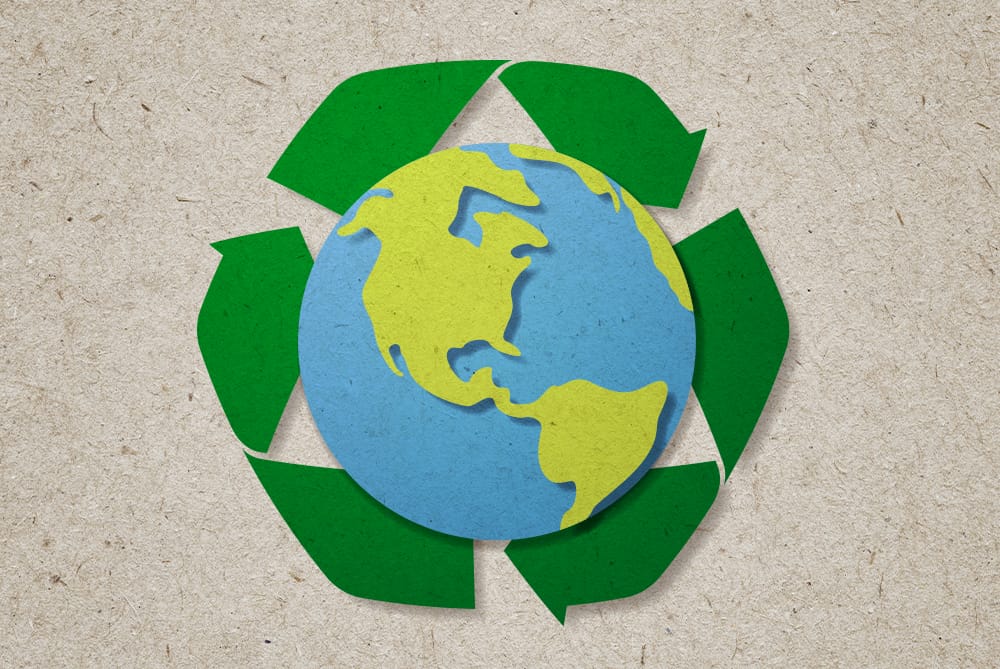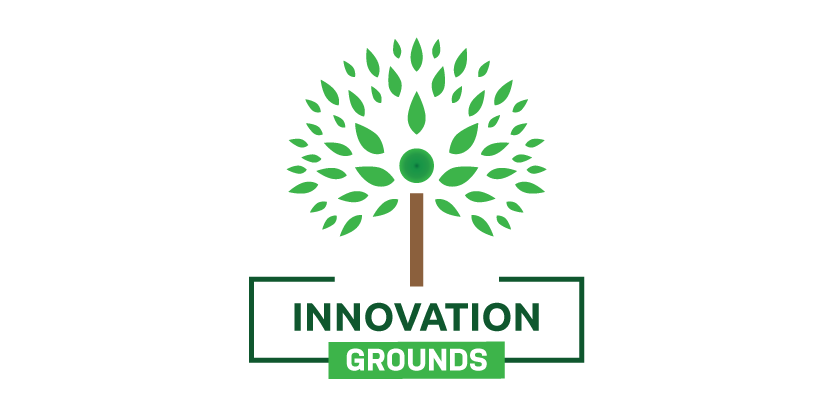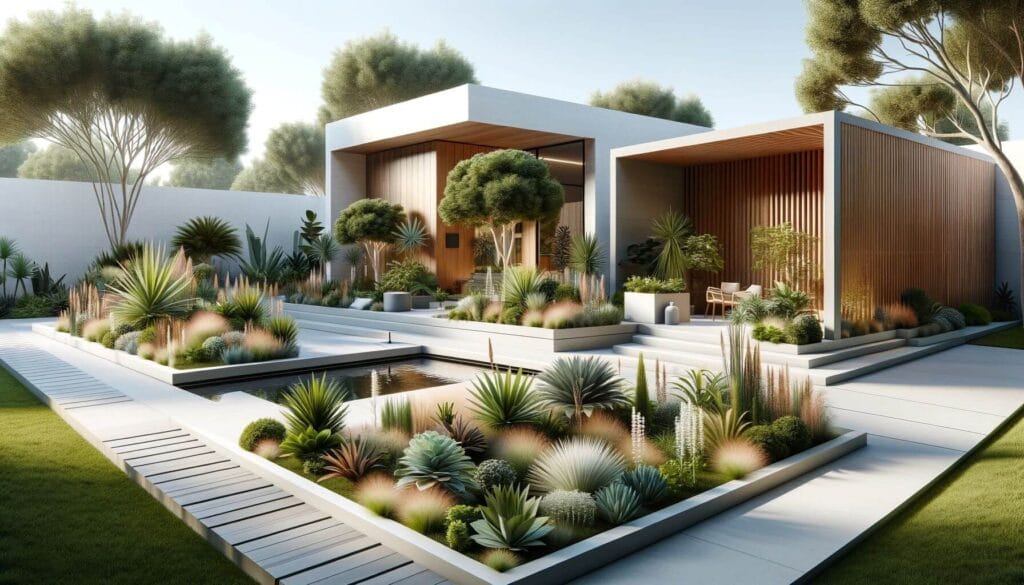Sustainable Landscaping Ideas for Austin Homeowners
By Innovation Grounds
Austin, known for its vibrant culture and eco-conscious community, is also becoming a hub for sustainable living practices. One way homeowners can contribute to a greener city is by adopting sustainable landscaping practices. Whether you’re looking to reduce water usage, minimize your carbon footprint, or create a wildlife-friendly outdoor space, sustainable landscaping in Austin can offer a variety of benefits for both your property and the environment. Below, we explore some creative and practical sustainable landscaping ideas for Austin homeowners that are both eco-friendly and low-maintenance.
1. Drought-Resistant Plants for a Water-Wise Garden
Water conservation is one of the most critical aspects of sustainable landscaping in Austin. With the region experiencing occasional droughts, choosing drought-resistant plants can help reduce water consumption. Native plants like Texas sage, blackfoot daisy, and lantana thrive in the Texas climate and require minimal watering once established. These plants are adapted to the heat and dry conditions of the area, making them an excellent choice for homeowners who want to conserve water and maintain a beautiful garden.
Additionally, incorporating a variety of native plants can attract local wildlife, such as bees, butterflies, and birds, which further supports the local ecosystem.
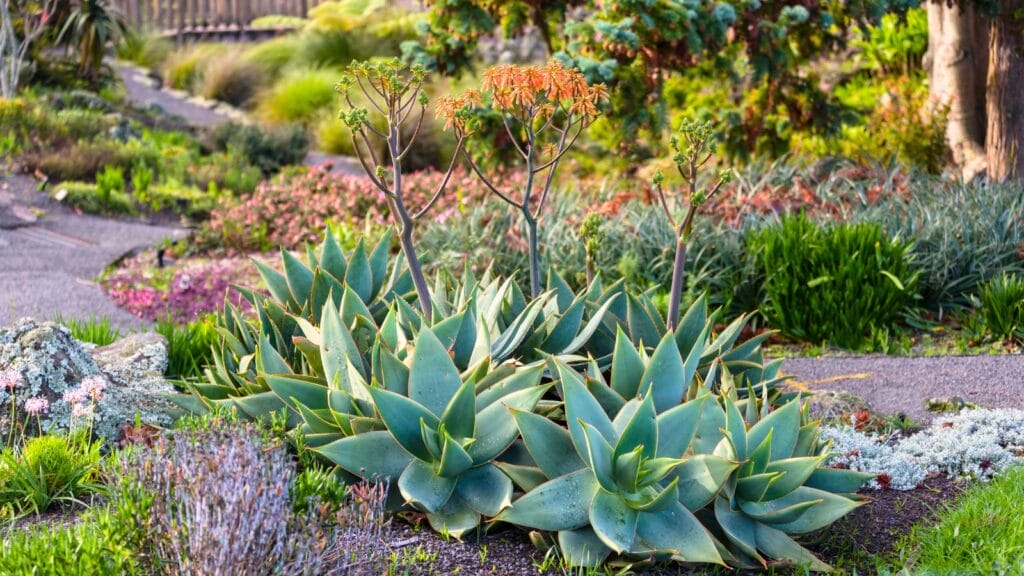
2. Rainwater Harvesting Systems
Austin’s unpredictable weather means rainfall can be sparse, making rainwater harvesting an excellent option for sustainable landscaping. Installing a rainwater collection system, such as a rain barrel or a larger, more sophisticated setup, allows homeowners to capture and store rainwater for future use. This harvested water can be used to irrigate plants, fill birdbaths, or even wash your car. Not only does this reduce your reliance on municipal water systems, but it also helps reduce stormwater runoff, which can carry pollutants into local waterways.
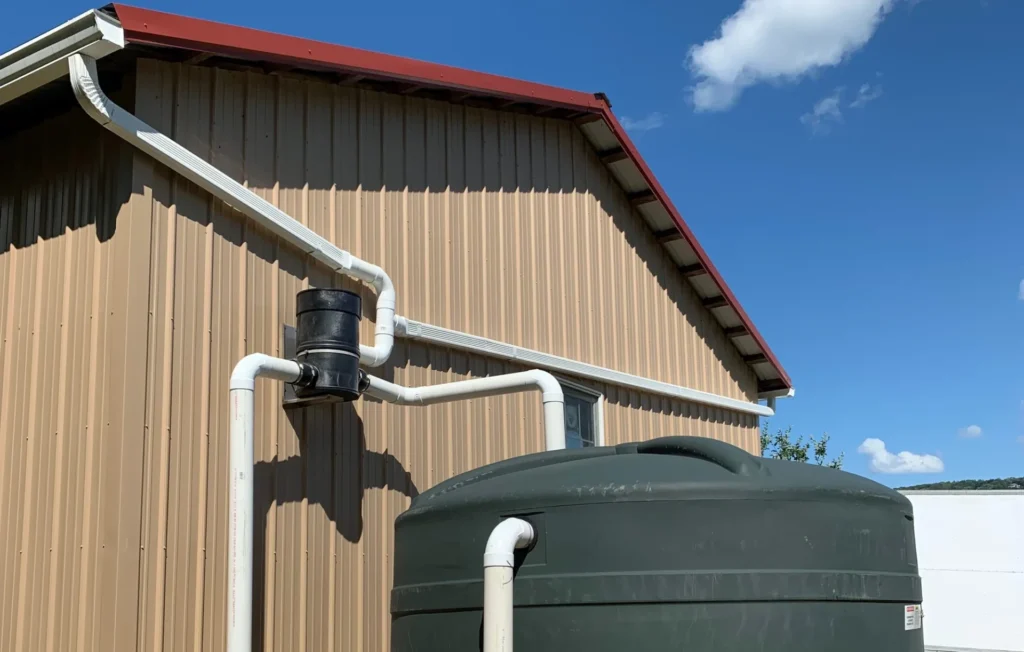
3. Xeriscaping: A Low-Water, Low-Maintenance Approach
Xeriscaping is a landscaping method that focuses on reducing water usage by selecting drought-tolerant plants and utilizing efficient irrigation techniques. This practice is ideal for Austin’s hot, dry summers. By creating a xeriscape, you can eliminate the need for high-maintenance lawns and instead focus on creating a landscape filled with native grasses, succulents, and hardy shrubs. Mulching around plants helps retain moisture and prevents weeds from taking over.
A xeriscape not only conserves water but also reduces the time and money spent on lawn maintenance, making it an appealing choice for sustainable landscaping in Austin.
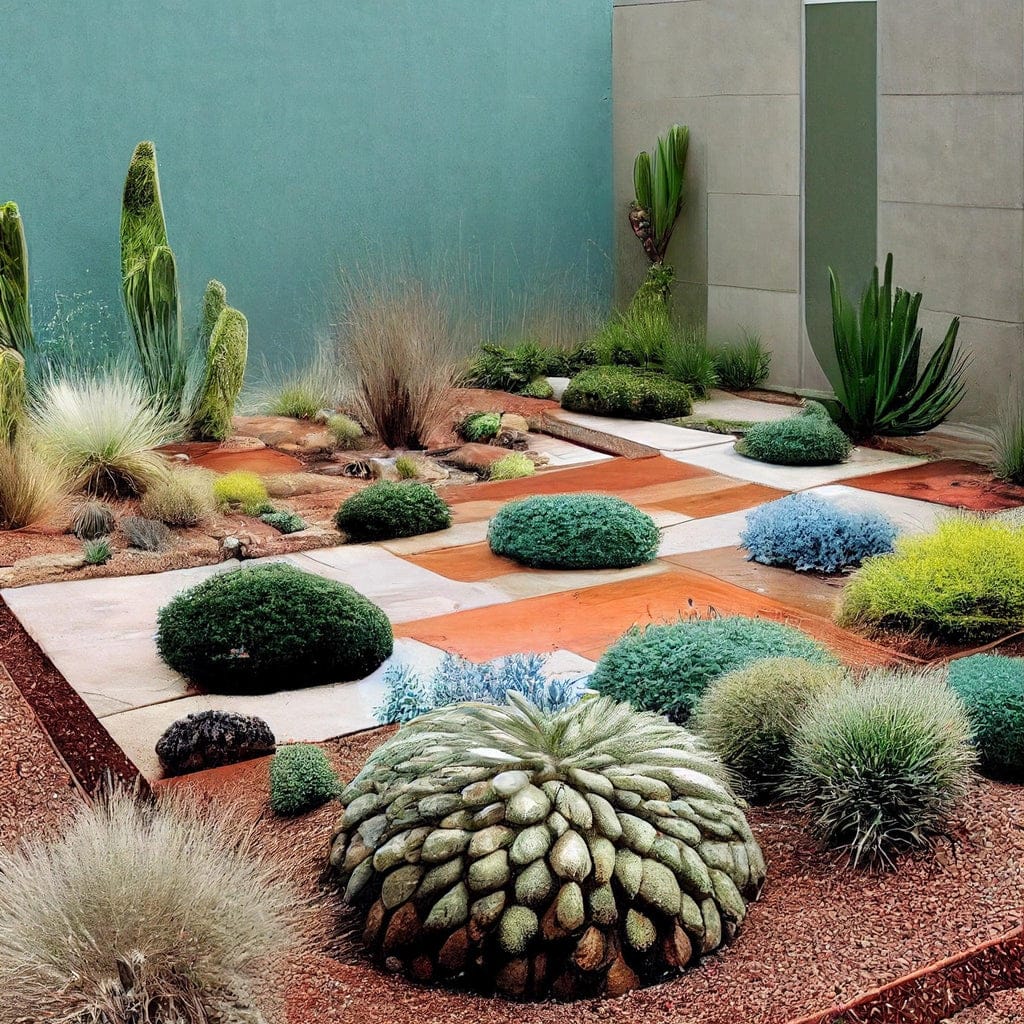
4. Native and Edible Gardens
Another sustainable landscaping idea is to plant a native and edible garden that can reduce your carbon footprint while providing you with fresh produce. Edible plants like tomatoes, herbs, and fruit trees can easily be integrated into a native garden, which supports biodiversity. Native plants are naturally pest-resistant, reducing the need for chemical pesticides, and they can be grown alongside edible varieties to create a vibrant, functional landscape.
This type of garden helps homeowners make the most of their outdoor space by providing both beauty and a source of fresh, local food.
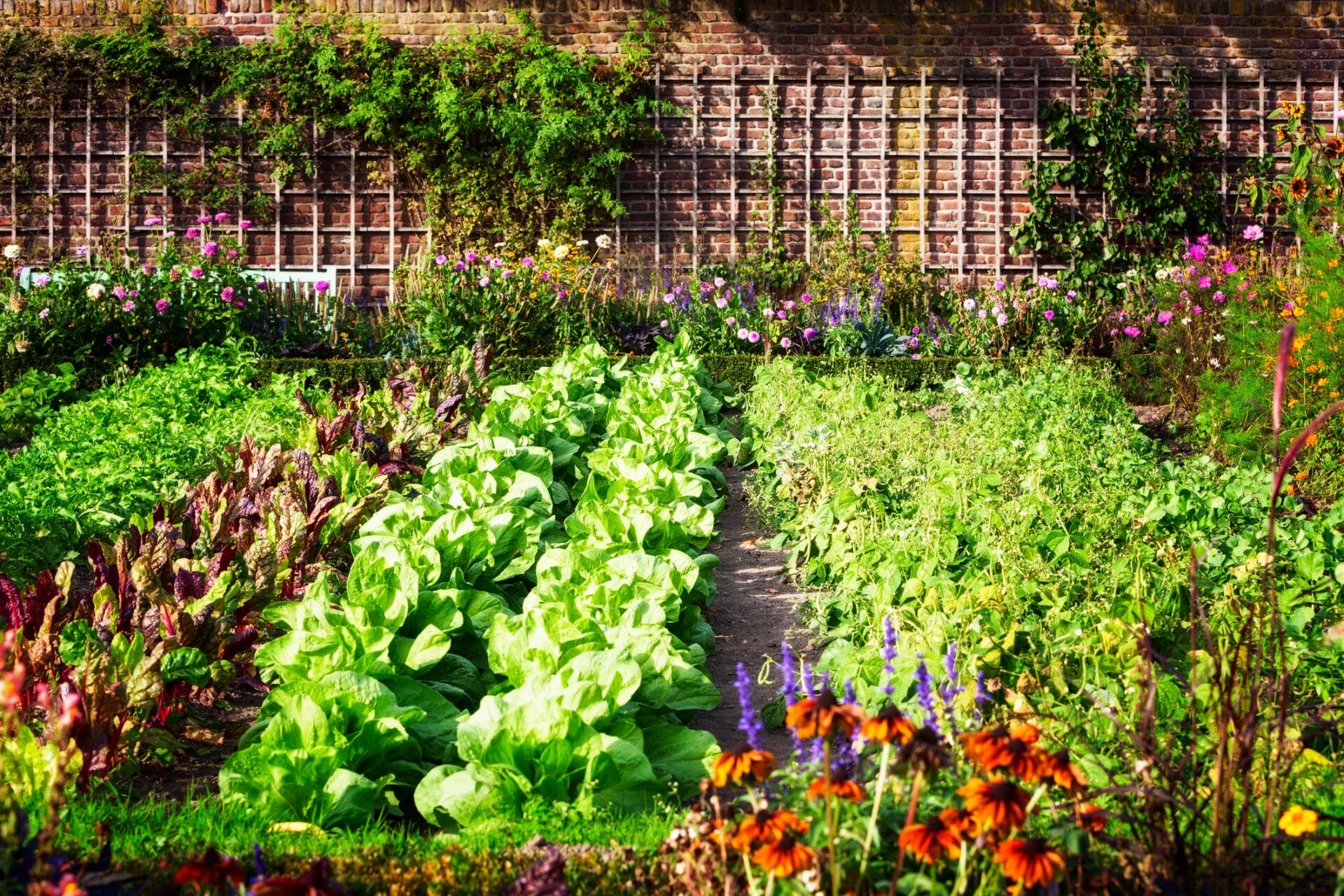
5. Composting and Organic Practices
Composting is an excellent way to recycle organic matter and reduce landfill waste while enriching your garden soil. Austin homeowners can create their own compost by recycling kitchen scraps, lawn clippings, and other organic materials. Not only does composting help improve soil structure and increase its ability to retain moisture, but it also reduces the need for synthetic fertilizers, which can be harmful to the environment.
Incorporating organic gardening practices, such as using natural pest control methods and avoiding chemical fertilizers, can further contribute to the sustainability of your landscape.
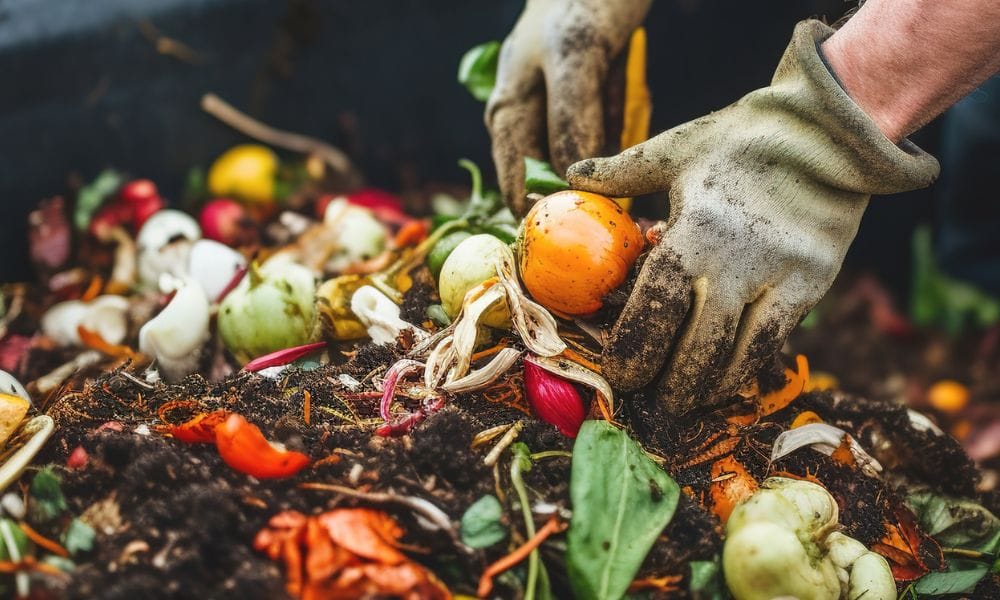
6. Outdoor Lighting with Solar Power
Another way to make your landscaping more sustainable is by switching to solar-powered lighting. Solar lights are energy-efficient and can be used to illuminate pathways, highlight garden features, or enhance your home’s exterior. By using solar-powered lights, you eliminate the need for electricity and reduce your carbon footprint while creating a warm and inviting atmosphere in your outdoor spaces.
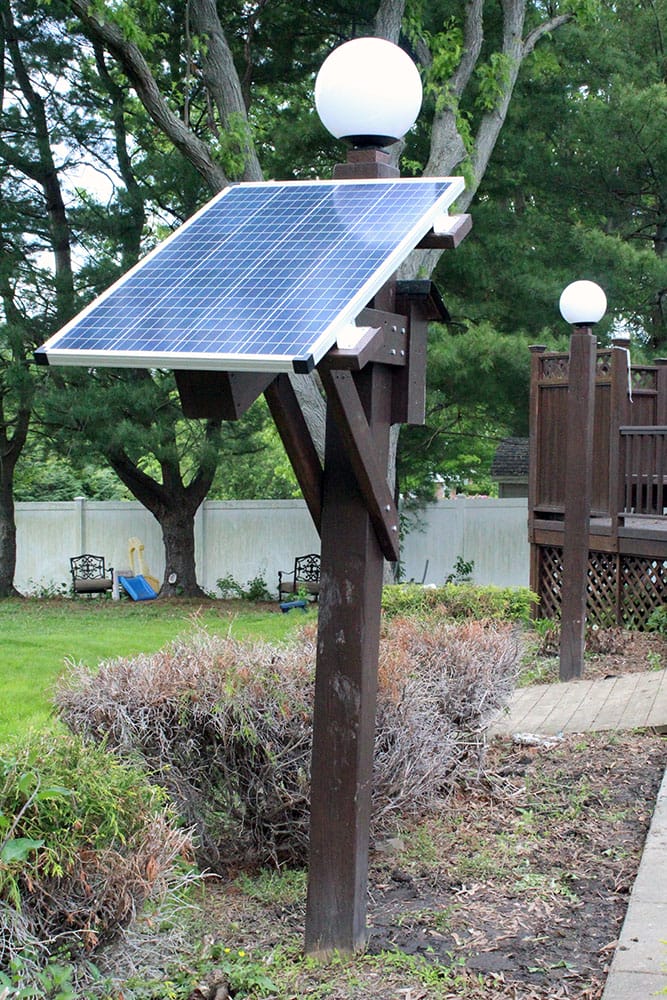
Conclusion
Sustainable landscaping in Austin is an effective way for homeowners to reduce their environmental impact while creating a beautiful and functional outdoor space. From planting drought-resistant plants to implementing rainwater harvesting systems and xeriscaping, there are numerous options for incorporating eco-friendly practices into your landscape. By making these sustainable choices, you’ll not only help conserve resources but also create an outdoor environment that supports local wildlife and enhances the beauty of your home.
Start implementing some of these ideas today, and you’ll soon enjoy the benefits of a more sustainable, low-maintenance, and water-efficient landscape in your Austin home.
